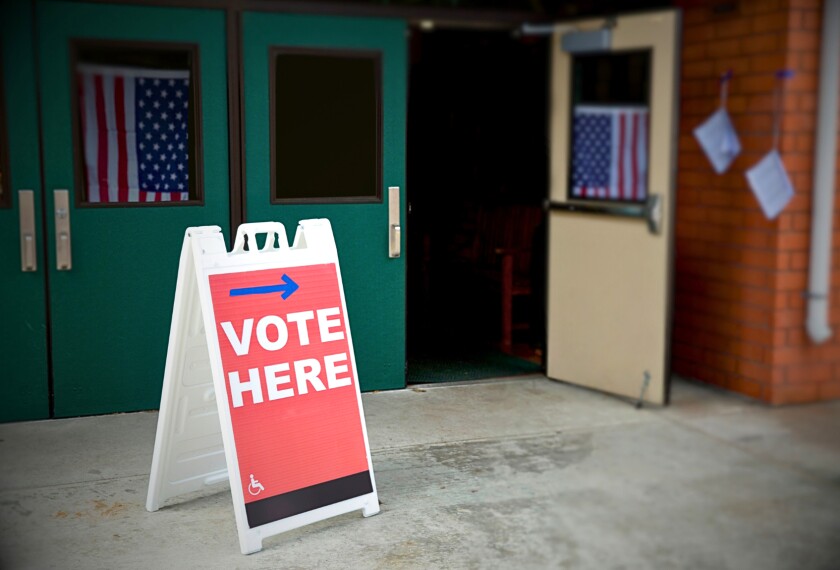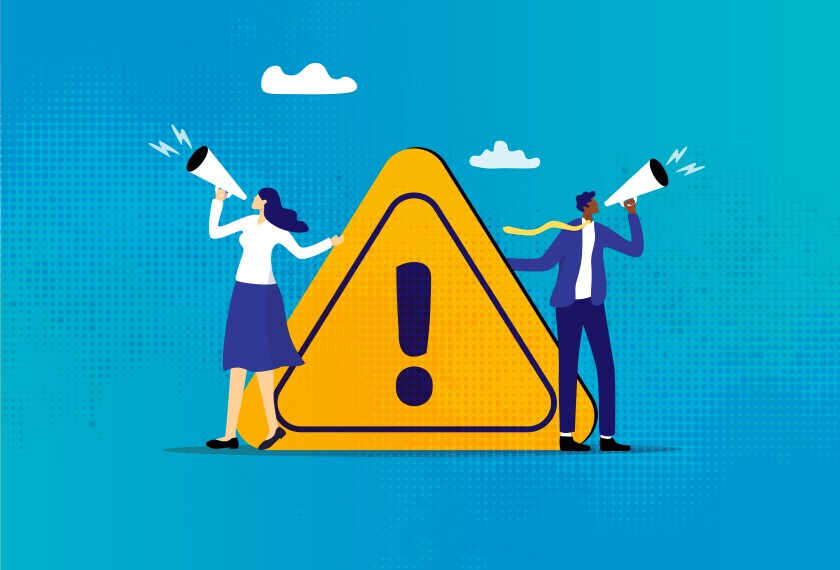Online sexual exploitation of children is a serious and growing problem—fueled in part by the rise of social media—and one which educators are well positioned to help combat, say experts.
One in 5 children receive an unwanted sexual solicitation online every year, according to the U.S. Department of Homeland Security. To aid schools in countering this troubling trend in the new school year, the federal agency has released free resources for educators to learn both how to spot potential victims and how to talk to students about staying safe online.
The program is in response to educators asking federal officials for more resources, said Homeland Security Secretary Alejandro Mayorkas in an interview with Education Week.
Because kids spend so much time in school, DHS sees educators as playing an important role in keeping kids safe from online exploitation, Mayorkas said.
Teachers and school staff have the “ability to observe over time and see patterns of [kids’] behavior and anomalies in those patterns,” he said. “They are in a position of trust. And they are in a position to do something about it.”
DHS defines online child sexual exploitation and abuse as criminal acts by perpetrators—strangers or people the victim knows—that exploit minors for sexual gratification or personal or financial gain.
It’s vital that educators are aware of the problem as it continues to grow, Mayorkas said.
“We have the omnipresence of the social [media] tools, we have the growth in the number of exploiters, and we have increasing vulnerability of the children to it,” he said. “In my view, the growth in the use of social media has not been accompanied by an advancement in digital literacy, and that chasm leads to vulnerability.”
DHS’s Know2Protect program launched in April, but it’s now getting updated with materials specifically for educators. The resources include training videos for educators on how to identify if a student is the victim of online sexual exploitation, printable posters to display in classrooms and hallways, activities for all ages of students to do in class to learn how to stay safe online, and educational handouts to send home to families.
Schools can also book free virtual or in-person trainings for students with agents from Homeland Security Investigations and the U.S. Secret Service.
Are schools prepared to tackle this growing problem?
Research shows school-based prevention education programs teaching students about health and safety—whether it’s bullying or drug prevention—are very effective, said David Finkelhor, a sociologist who directs the Crimes Against Children Research Center at the University of New Hampshire.
Finkelhor recommends that schools connect online exploitation education to other prevention programs.
“Safety and health all rely on certain core skills and capacities that kids need,” he said. “They include how to make decisions and have good judgment, how to empathize with people, how to manage your own emotions, how to seek help, how to extricate yourself from situations where you think something is going wrong.”
But unlike bullying or drug use, many of the fundamental concepts students need to learn about online sexual exploitation may be off limits in their school.
“We don’t know how successful these programs can be without comprehensive sex education,” Finkelhor said.
When sex- and gender-related topics aren’t taught in schools, kids turn to the internet to learn more, Finkelhor said, and that can lead them to unsafe spaces online. That’s especially true for kids who are questioning their sexual orientation or gender.
“These are kids who are particularly vulnerable to being victimized because they oftentimes don’t have an opportunity to talk about those things with people that they know, and they go online and that’s where they run into people who will exploit them,” he said.
The other roadblock to implementing any program meant to educate and identify victims of online sexual exploitation is bandwidth, said Noelle Ellerson Ng, the associate executive director for AASA, the School Superintendents Association.
It is true that educators are perfectly situated to help identify potential victims as adults who spend their days with kids and are mandated reporters—people who are required by law to report suspected abuse.
But any effort to incorporate prevention education in school schedules or educate teachers and other school staff on how to identify online exploitation victims runs into a larger debate over what schools’ roles are, said Ng.
“Any single day or single school year is a finite amount of time,” she said. “How much of that child’s K-12 experience should be direct instruction? How much of that child’s K-12 experience should teachers be out of classroom to get training? These are real time opportunity costs that we have to discuss. At the same time, relying on schools to do instruction only misses so much that needs to be done. You have inherent societal shortfalls that districts are well positioned to help support.”
Disclaimer: The copyright of this article belongs to the original author. Reposting this article is solely for the purpose of information dissemination and does not constitute any investment advice. If there is any infringement, please contact us immediately. We will make corrections or deletions as necessary. Thank you.







